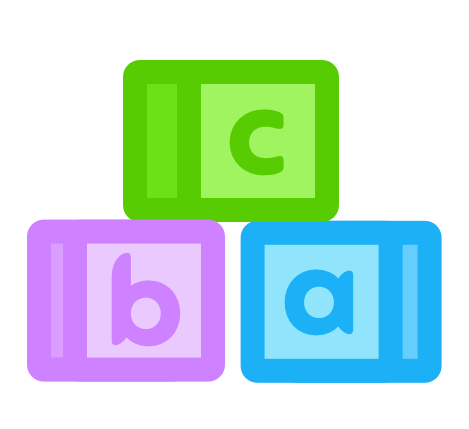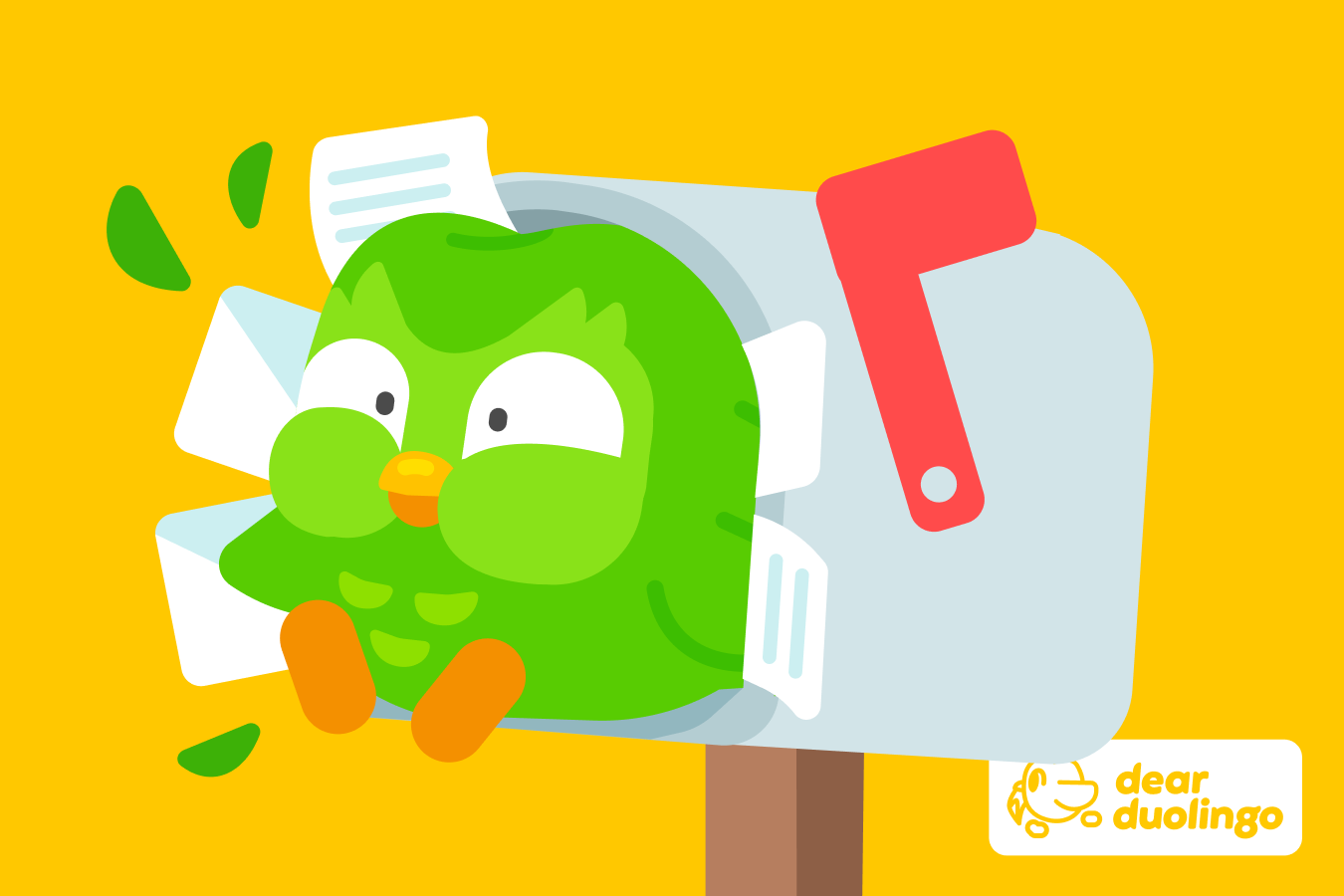If you're studying English, you'll need to know the English alphabet: what the letters are, how to pronounce them, and when to use them. The alphabet is sometimes called the ABCs, and you'll hear them in many common situations.
This simple guide will get you spelling English words and understanding English speakers in no time!
What is the English alphabet?
The English alphabet consists of 26 letters. There are 5 vowels: A, E, I, O, and U (and sometimes Y is included). The remaining 21 letters are consonants. Each letter has a distinct name, and although the names are mostly tied to the letters' pronunciations, English letters can make multiple sounds—so don't be surprised if the name of a letter doesn't match how it's pronounced in a particular word!

| Uppercase letter | Lowercase letter | Example word |
|---|---|---|
| A | a | apple |
| B | b | boy |
| C | c | cat |
| D | d | dog |
| E | e | elephant |
| F | f | fish |
| G | g | goat |
| H | h | hat |
| I | i | ice |
| J | j | jam |
| K | k | kite |
| L | l | lion |
| M | m | monkey |
| N | n | nut |
| O | o | owl |
| P | p | pig |
| Q | q | queen |
| R | r | rabbit |
| S | s | snake |
| T | t | tiger |
| U | u | umbrella |
| V | v | van |
| W | w | whale |
| X | x | x-ray |
| Y | y | yak |
| Z | z | zebra |
Each letter has two versions: uppercase and lowercase. Uppercase letters are also called capital letters or big letters, and these are the versions you'll use at the start of a sentence and for proper nouns (like the names of people, countries, languages, and companies). Lowercase letters are sometimes called little, so you might hear people refer to a "big A" or "little A" for the different versions.
How to use the English alphabet
To help clarify what letter is meant, for example, while talking on the phone or in a noisy environment, English speakers often use an example word to distinguish between similar-sounding letters. There are many systems of example words, including the NATO Phonetic Alphabet, but there are less formal systems as well.

For example, Lily might spell her name on the phone by saying "L as in lion, I as in ice, L as in lion, and Y as in yak."
Fun facts about the English alphabet
While the alphabet itself is the same in all English-speaking countries, one letter has a different pronunciation in different regions: Z! For example, Z is pronounced "zee" in U.S. English, while in the U.K. it's pronounced "zed." That's because this letter gets its name from the Greek letter zeta!
The names of the English vowels might be especially hard to remember—they're pronounced very differently than in related languages. The reason is because of dramatic sound changes that happened in English hundreds of years ago, a process called the Great Vowel Shift. You might need extra practice to get the vowel names right!
Another big change in the English alphabet was the addition of new letters and the removal of others. English originally used the letters "æ," "þ," and "ð"—but didn't have the letters J, U, and W. And W has gone through an evolution of its own: it was originally written as two Us next to each other, which is why its name in English is double u!
As easy as ABC!
From reading your address on the phone to hearing new words spelled aloud, there are lots of ways you'll use the English alphabet. Learning to pronounce your ABCs is just the beginning!




